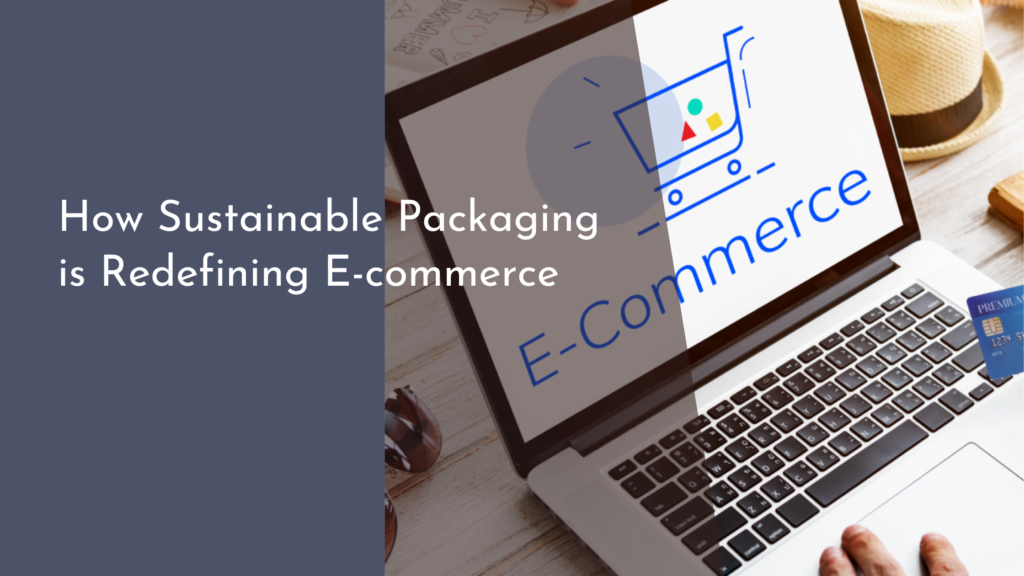Reducing Urban Surface Water Pollution
Urban surface water pollution is an invisible enemy lurking in our cities, threatening the health of aquatic ecosystems and the quality of the water we rely on for drinking, recreation, and overall well-being. As urban areas expand, the challenges associated with managing stormwater runoff and pollutants increase, often leading to serious environmental and public health issues. Understanding the sources and impacts of this pollution is the first step towards a cleaner and healthier urban environment.
Fortunately, combating urban surface water pollution is not just the responsibility of governments and large corporations; it is a collective effort that requires the involvement of every citizen. By adopting simple practices and supporting innovative solutions, we can all play a role in protecting our waterways. This article explores the nature of urban surface water pollution, practical steps we can take, and the exciting innovations on the horizon, inviting you to join a movement that champions the health of our urban waters.
Understanding Urban Surface Water Pollution and Its Impact
Urban surface water pollution primarily stems from stormwater runoff, which carries various pollutants, including oil, heavy metals, and nutrients, into rivers, lakes, and oceans. This runoff is exacerbated by impervious surfaces like roads, parking lots, and buildings, which prevent water from naturally soaking into the ground. As a result, pollutants accumulate and flow into our water bodies, leading to degradation of aquatic habitats, harm to wildlife, and an overall decline in water quality.
The impacts of urban surface water pollution are far-reaching. Contaminated waterways not only endanger aquatic life but also pose health risks to communities that rely on these waters for recreation and drinking purposes. Moreover, polluted waters can lead to significant economic costs, including the loss of tourism, increased water treatment expenses, and damage to local fisheries. Understanding these consequences emphasizes the urgency of addressing pollution to ensure a healthier environment for current and future generations.
Simple Steps to Reduce Pollution in Our Cities
Reducing urban surface water pollution starts at home and in our daily lives. One effective way to contribute is by adopting responsible landscaping practices. Homeowners can utilize native plants that require less water and reduce the need for chemical fertilizers and pesticides, which can run off into storm drains. Additionally, creating rain gardens or using permeable paving can help absorb rainwater, allowing it to filter naturally into the ground rather than flowing directly into stormwater systems.
Another simple yet impactful step is to be mindful of waste disposal. Properly disposing of hazardous materials, such as paints, oils, and batteries, prevents these substances from entering our drainage systems. Cleaning up litter in our neighborhoods and parks also plays a crucial role in reducing pollution. Community clean-up events not only beautify our surroundings but also enhance awareness about the importance of protecting our water resources. Every small action counts, and collectively, they can lead to significant changes.
Innovative Solutions for Cleaner Urban Waterways
As cities evolve, so do the solutions available to combat surface water pollution. Innovative technologies, such as green infrastructure, are gaining traction as effective methods for managing stormwater. Green roofs, rain barrels, and bioswales are designed to capture and filter rainwater before it can carry pollutants into the waterways. These solutions not only reduce the volume of runoff but also contribute to urban biodiversity and enhance the aesthetic appeal of our cities.
Furthermore, advancements in water quality monitoring technologies allow for real-time data collection and analysis, empowering city planners and environmental agencies to respond quickly to pollution incidents. Community-based monitoring initiatives enable citizens to participate actively in protecting their local waters, fostering an engaged and informed public. By investing in these innovative solutions, cities can create resilient infrastructures that prioritize environmental health and sustainability.
Join the Movement: Everyone Can Help Protect Our Water!
Protecting our urban waterways is a shared responsibility, and everyone can contribute to this vital cause. Communities can organize educational workshops and campaigns to raise awareness about surface water pollution and its impacts. Local governments can support initiatives that promote sustainable practices and offer incentives for adopting green technologies. By working together, we can create a culture of stewardship that inspires action and change.
Moreover, engaging with local organizations focused on environmental protection can amplify efforts to clean and preserve our water systems. Whether volunteering for clean-up events, participating in advocacy efforts, or simply sharing knowledge with friends and family, every action helps build a movement dedicated to protecting our precious water resources. Together, we can ensure that our urban waterways remain clean, healthy, and vibrant for generations to come.
The fight against urban surface water pollution may seem daunting, but with awareness, simple actions, and innovative solutions, we can all make a difference. By understanding the impacts of pollution and committing to cleaner practices, we contribute to a healthier environment for ourselves and future generations. So, let’s join hands, roll up our sleeves, and take meaningful steps toward protecting our urban waters—because every drop counts!

